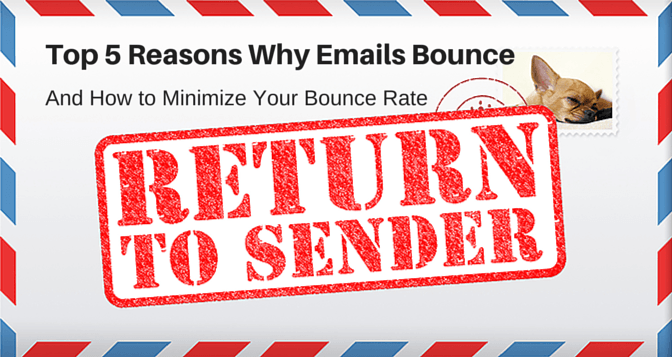Top 5 Reasons Why Your Emails Bounce and How to Reduce Your Bounce Rate
When an email message is not delivered to the recipient and returned to the sender, we call it bounce. The bounce can be temporary (a "soft bounce") and permanent ("hard bounce").
Bounce messages are a part of email marketing. Sometimes they happen because of problems that are beyond your control, and sometimes they come because something is wrong with your message or your email process setup.
In order to send more successful email campaigns, you need to understand why your emails bounce and what you can do to minimize your bounce rate.

